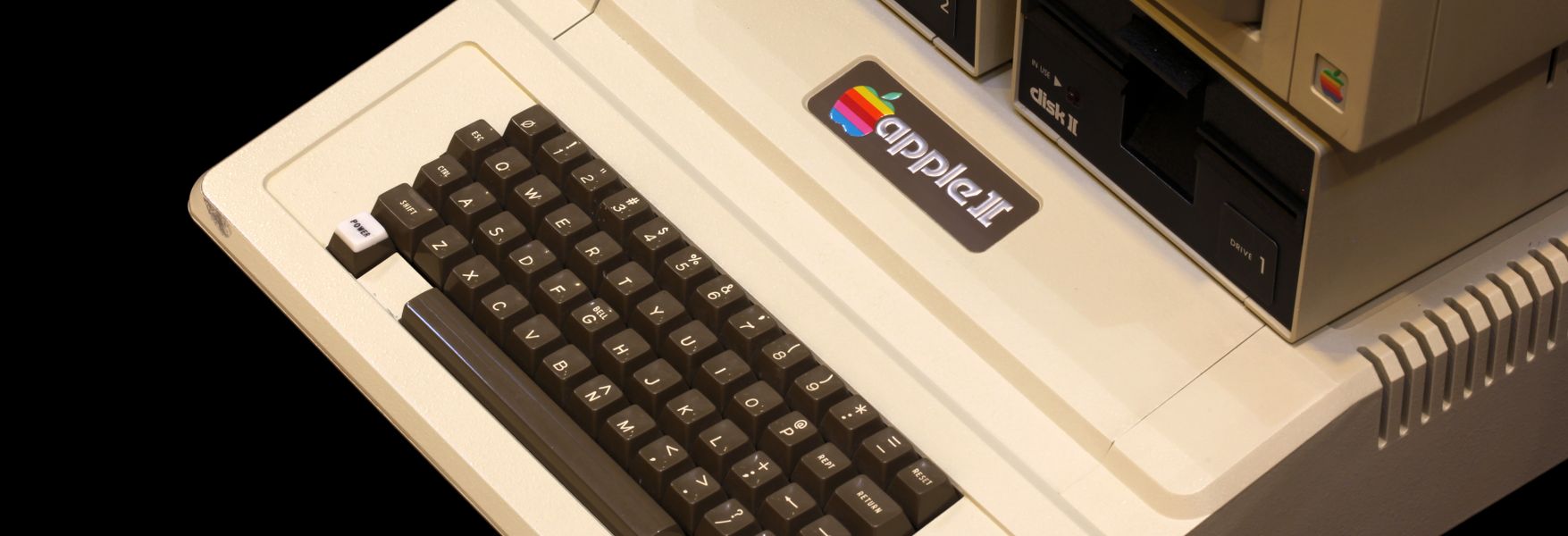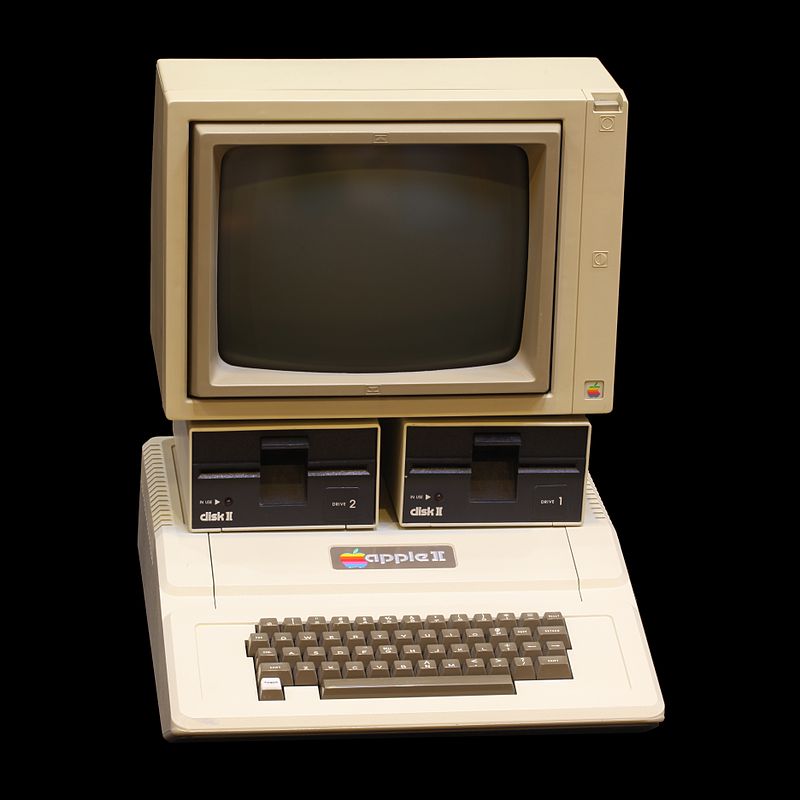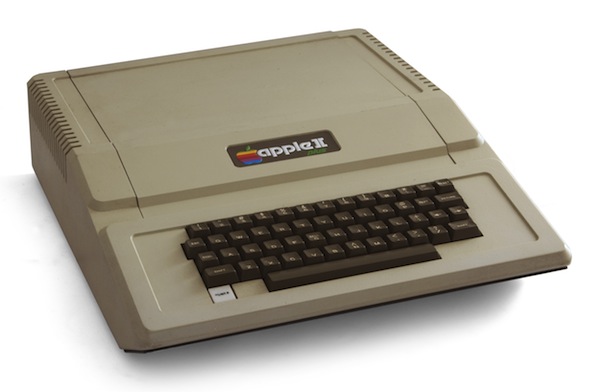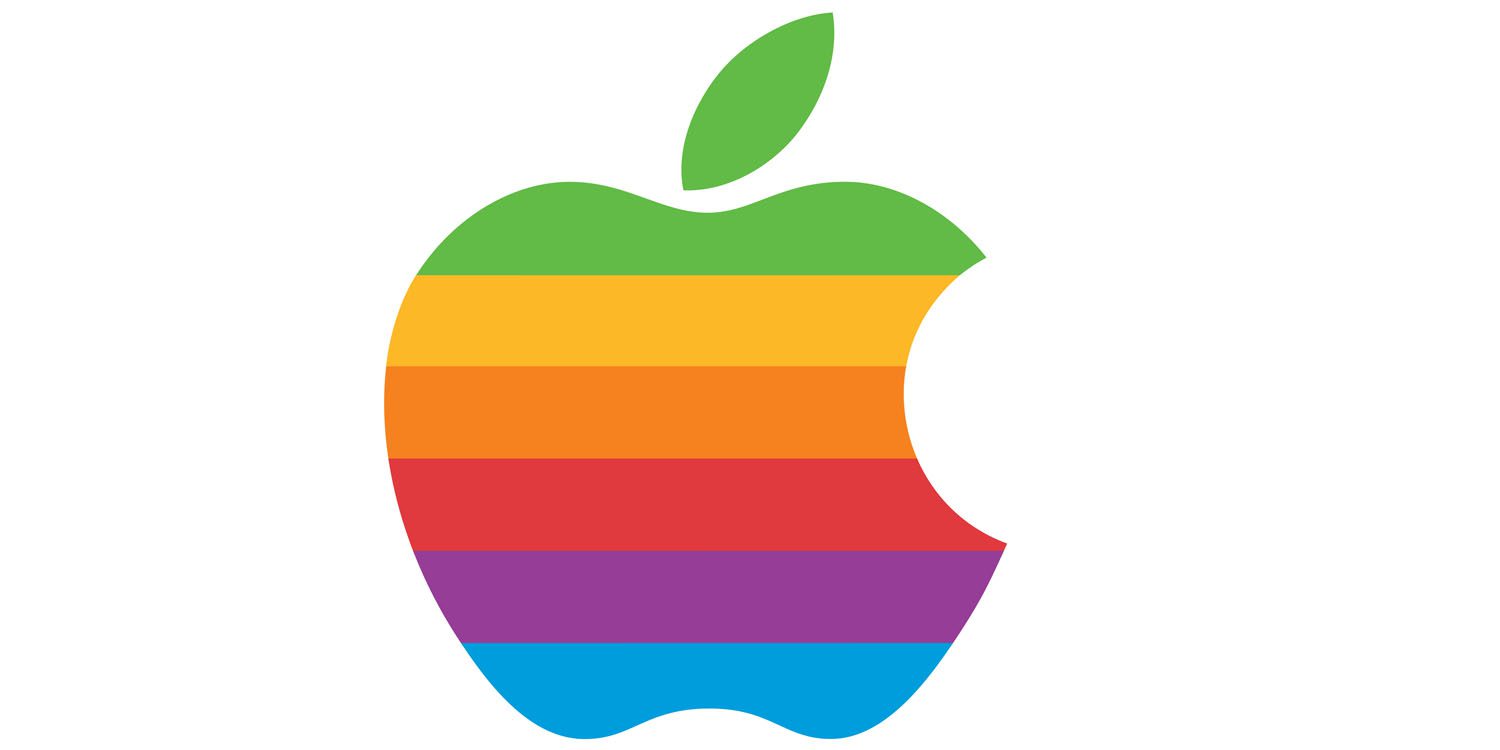In the second half of April 1977, Apple presented its new product called the Apple II at the West Coast Computer Faire. This computer marked a real revolution in the field of information technology in its time. It was the first machine produced by Apple that was really intended for the mass market. Unlike the "building block" Apple-I, its successor could boast an attractive design of a ready-made computer with everything. Jerry Manock, who later designed the first Macintosh, was responsible for the design of the Apple II computer chassis.
In addition to its attractive design, the Apple II computer offered a keyboard, BASIC compatibility, and color graphics. During the presentation of the computer at the mentioned fair, none of the big names in the industry of the time were absent. In the pre-internet era, such events attracted literally thousands of interested potential customers.
On the chassis of the computer that Apple showed off at the fair, among other things, the company's brand new logo, which the public saw for the very first time, was brilliant. The logo had the now iconic shape of a bitten apple and carried the colors of the rainbow, its author was Rob Janoff. A simple symbol representing the company's name replaced the previous drawing from Ron Wayne's pen, which showed Isaac Newton sitting under an apple tree.
From the beginning of his career at Apple, Steve Jobs was very aware of the importance of a well-presented product. Although the then West Coast Computer Fair did not provide nearly as good conditions as later Apple conferences, Jobs decided to make the most of the event. Apple decided to attract potential customers right from the start, and therefore occupied the first four booths on the site right at the main entrance of the building. Thanks to this strategic position, the offer of the Cupertino company was the first thing that greeted visitors upon arrival. But there were potentially more than 170 other exhibitors competing with Apple at the fair. The company's budget was not exactly the most generous, so Apple could not afford any spectacular decoration of its stands. However, it was enough for the backlit plexiglass with the new logo. Of course, there were also Apple II models on display at the stands - there were a dozen of them. But these were unfinished prototypes, because the finished computers were not supposed to see the light of day until June.
Historically, the second computer from Apple's workshop soon proved to be a very important product line. In the first year of its sale, the Apple II brought the company an income of 770 thousand dollars. In the following year, it was already 7,9 million dollars, and in the following year even 49 million dollars. The computer was so successful that Apple produced it in certain versions until the early XNUMXs. In addition to the computer as such, Apple introduced its first major application at that time, the spreadsheet software VisiCalc.
The Apple II went down in history in the 1970s as the product that helped put Apple on the map of major computer companies.




